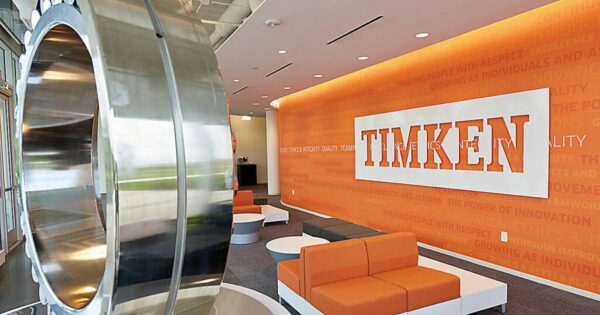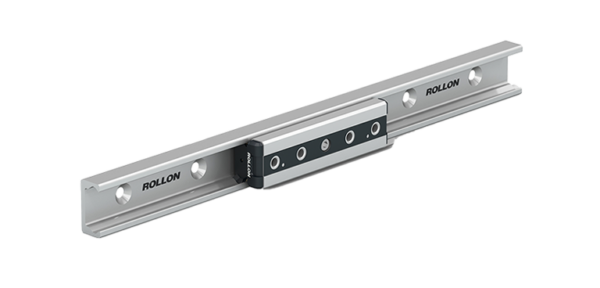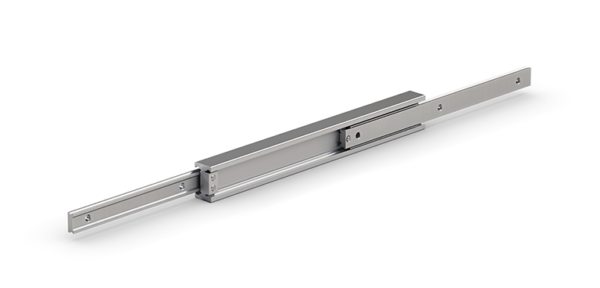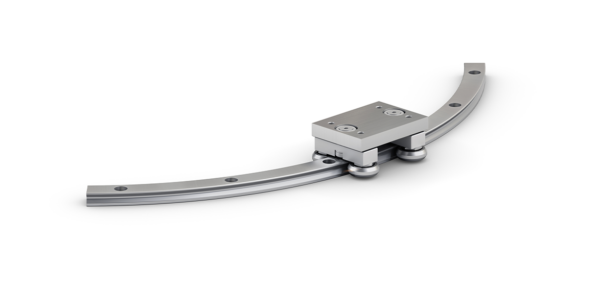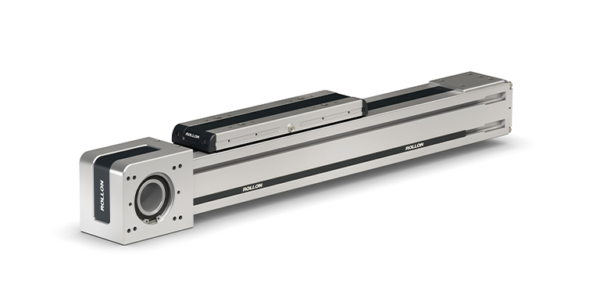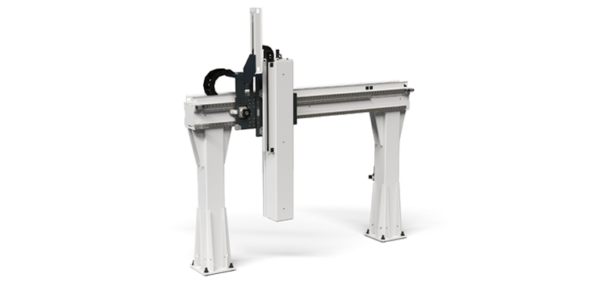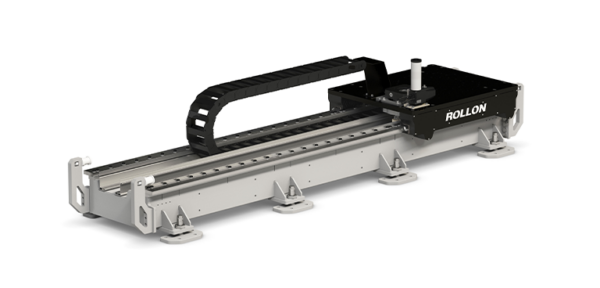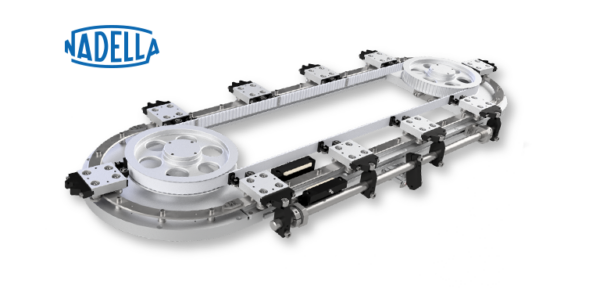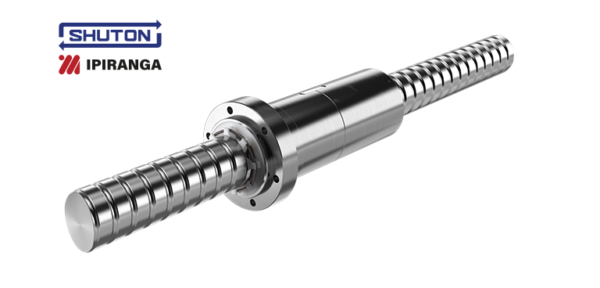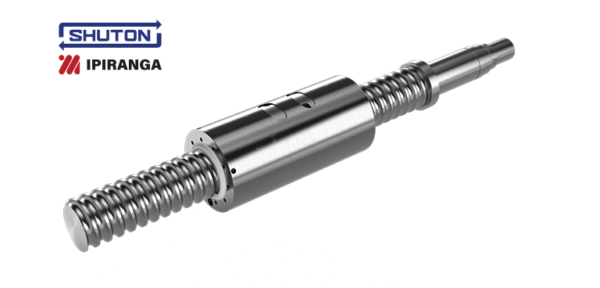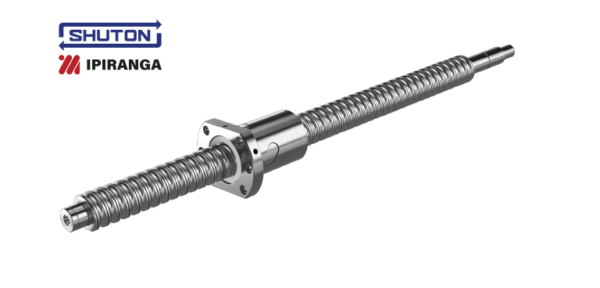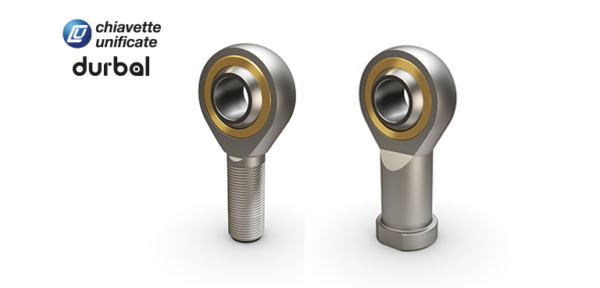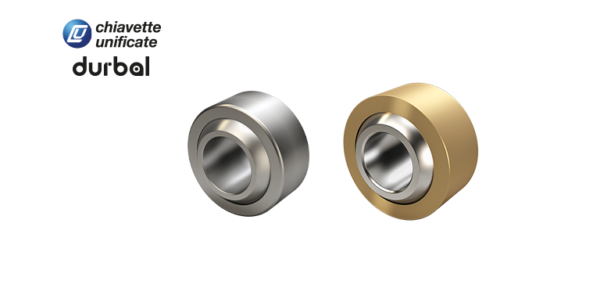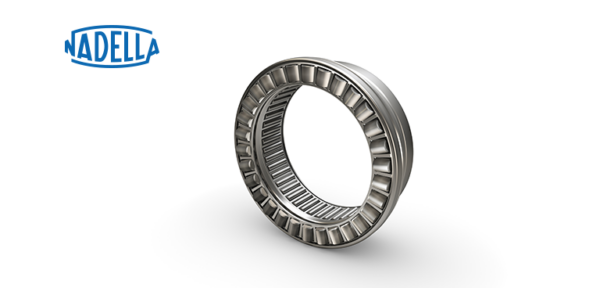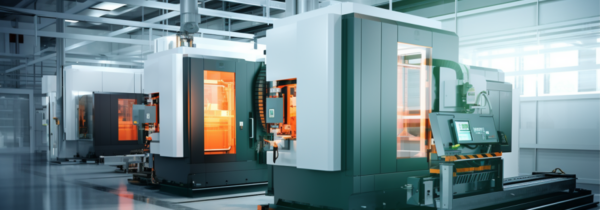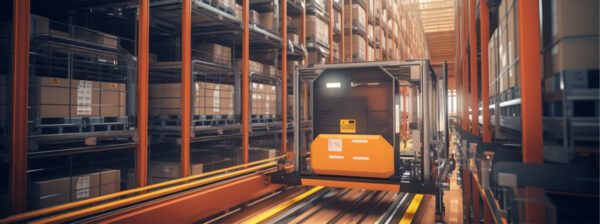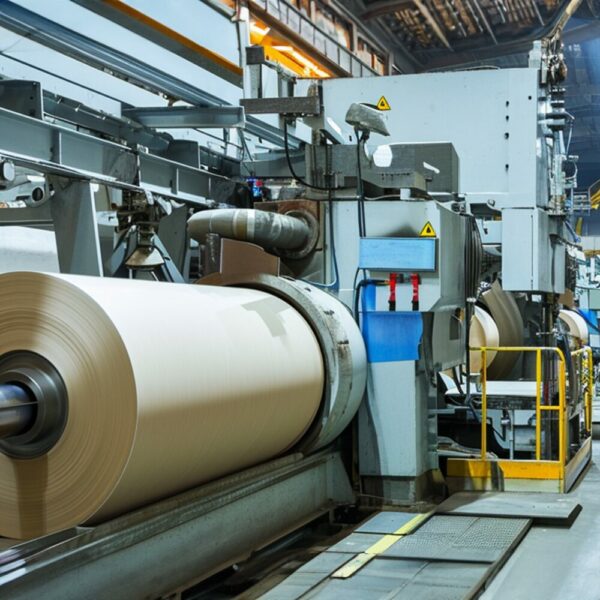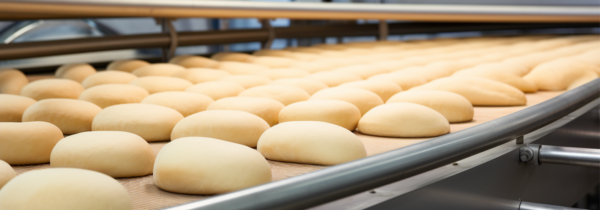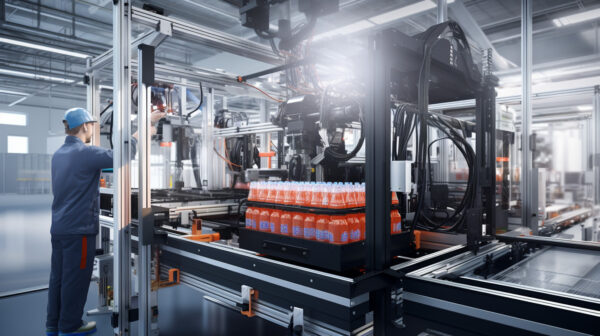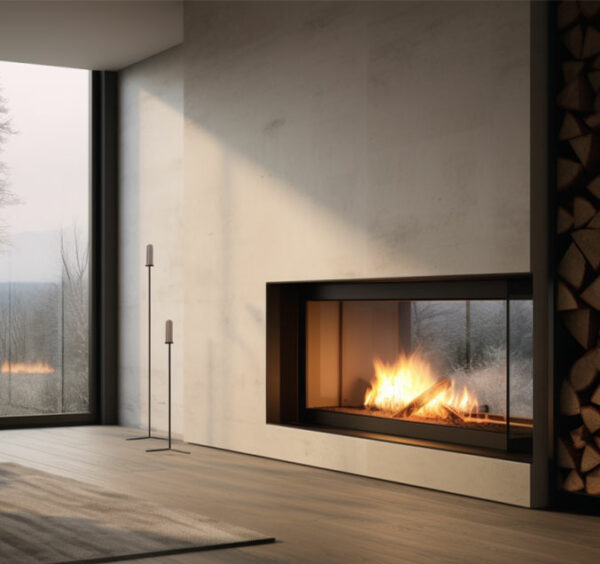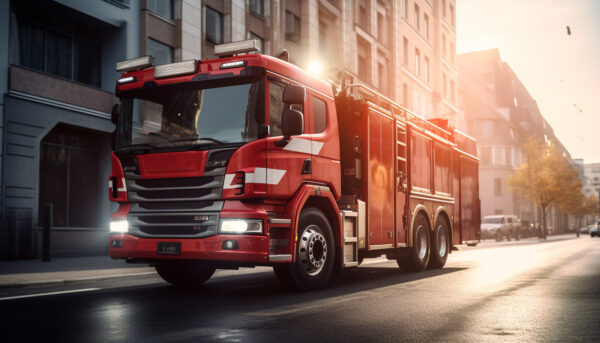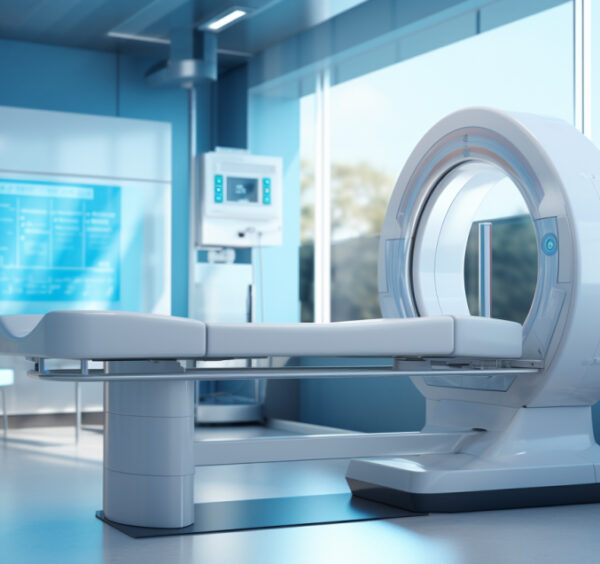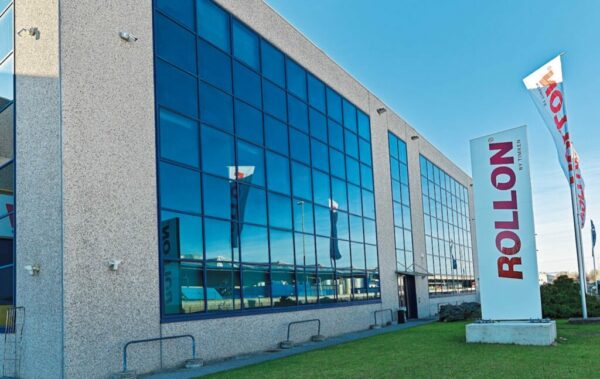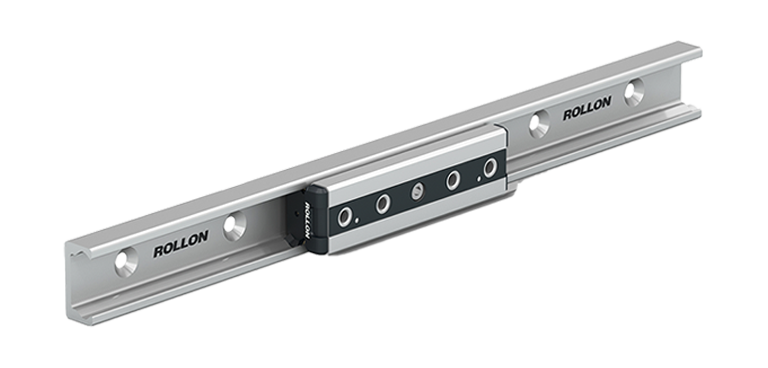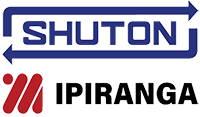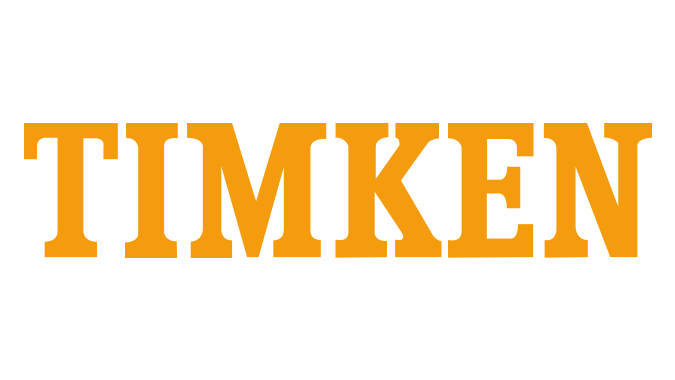Introducing a machining centre into a production workflow is often the key to increasing the productivity and efficiency of the process, whilst at the same time ensuring the precision, repeatability and consistent quality of the machined products.
However, these are costly solutions which represent a company’s technological capital. Hence the need for anyone purchasing a machine tool to have a product which can last for a long time and ensure maximum reliability.
The protective doors of a machining centre, for example, despite being an element that is apparently external to the machine, actually play a crucial role in the operation of the machine itself. Indeed, they ensure both that the internal mechanisms are protected and, more importantly, that the external environment – where the operators work – is kept safe from the contaminants generated by machining processes, such as shavings, fine dust, and metal fragments.
That is why it is so important for them to continue to open and close smoothly and effectively over time. Any hitches in the operation of the machine’s doors would lead to a machine stoppage, with direct consequences on productivity.
What are the key features to consider when choosing the best linear motion solution?
In other words, what characteristics must a linear motion solution absolutely ensure to keep a machining centre effectively sealed? Which linear rail should a designer of machine tools choose to operate its doors?
There are many factors to take into consideration when selecting the right linear rail:
1. MANAGING MISALIGNMENTS TO REDUCE THE OVERALL COSTS OF THE APPLICATION AND REDUCE INSTALLATION TIMES
The first and most important factor is the ability of the rail itself to manage imprecisions and misalignments in the surfaces it is mounted on (in terms of both parallelism and flatness). In the case of the doors of a machining centre, we are dealing with a structure that is not particularly rigid or precise, as well as possibly having to manage significant misalignments, even of the order of a few millimetres.
This is where a self-aligning rail comes into its own as the ideal solution, as it is capable of preventing the need for costly modifications to the frame in order to increase its rigidity, or alternatively, equally costly mechanical work to the mounting surfaces. In addition, a linear rail which can manage misalignments simplifies installation, making it a great deal quicker.
2. RESISTING CORROSION TO INCREASE ITS WORKING LIFE
Another of the features to take into account is the linear rail’s resistance to the typically corrosive liquid refrigerants that the doors are designed to keep inside the machine. The availability of a range of surface treatments which can be applied to the rail is a decisive variable when selecting a solution to install, as any solution must guarantee adequate resistance characteristics, such as those offered by passivated electro-galvanisation and nickel-plating treatments
If you would like to learn more about this topic and find our how to reduce wear and tear on linear rails, read our dedicated article: “Reducing wear and tear on linear rails”.
3. REDUCING FRICTION WITH LARGER ROLLING ELEMENTS TO ENSURE A FLUID MOVEMENT AND MAXIMUM RELIABILITY
The door closing system for a machining centre is also subject to many “attacks” over the course of its lifespan. The very same contaminants that represent a risk to the operators who work around the machine can actually be deposited on the raceways of the doors, causing them to jam over time. Metal shavings, polymer dust, and even more minute particles result in increased friction, noise, and – in the long term – excessive wear and tear and blockage of the rail.
How can you solve the issue of the rail becoming blocked?
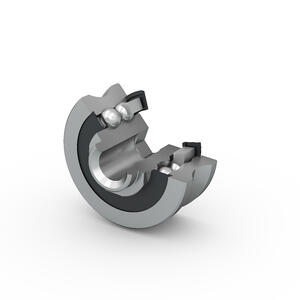
By using rails with roller bearings which, thanks to the large size of the rolling elements, have no trouble overcoming any obstacles present on the raceway, thus preventing jams, additional wear and tear, or compromising the efficiency of the door closing system. What’s more, integrating an optional combined raceway lubrication and cleaning system into the slider is unquestionably a highly valuable plus which allows for the system to stay running at peak efficiency for a long time.
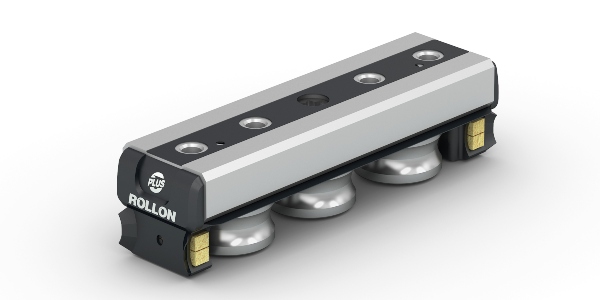
Find out more about the advantages offered by Compact Rail, our range of rails with roller bearings, and compare them with recirculating ball bearing rails: take a look at the application examples and decide how to simplify your project, boost performance, and reduce costs.


